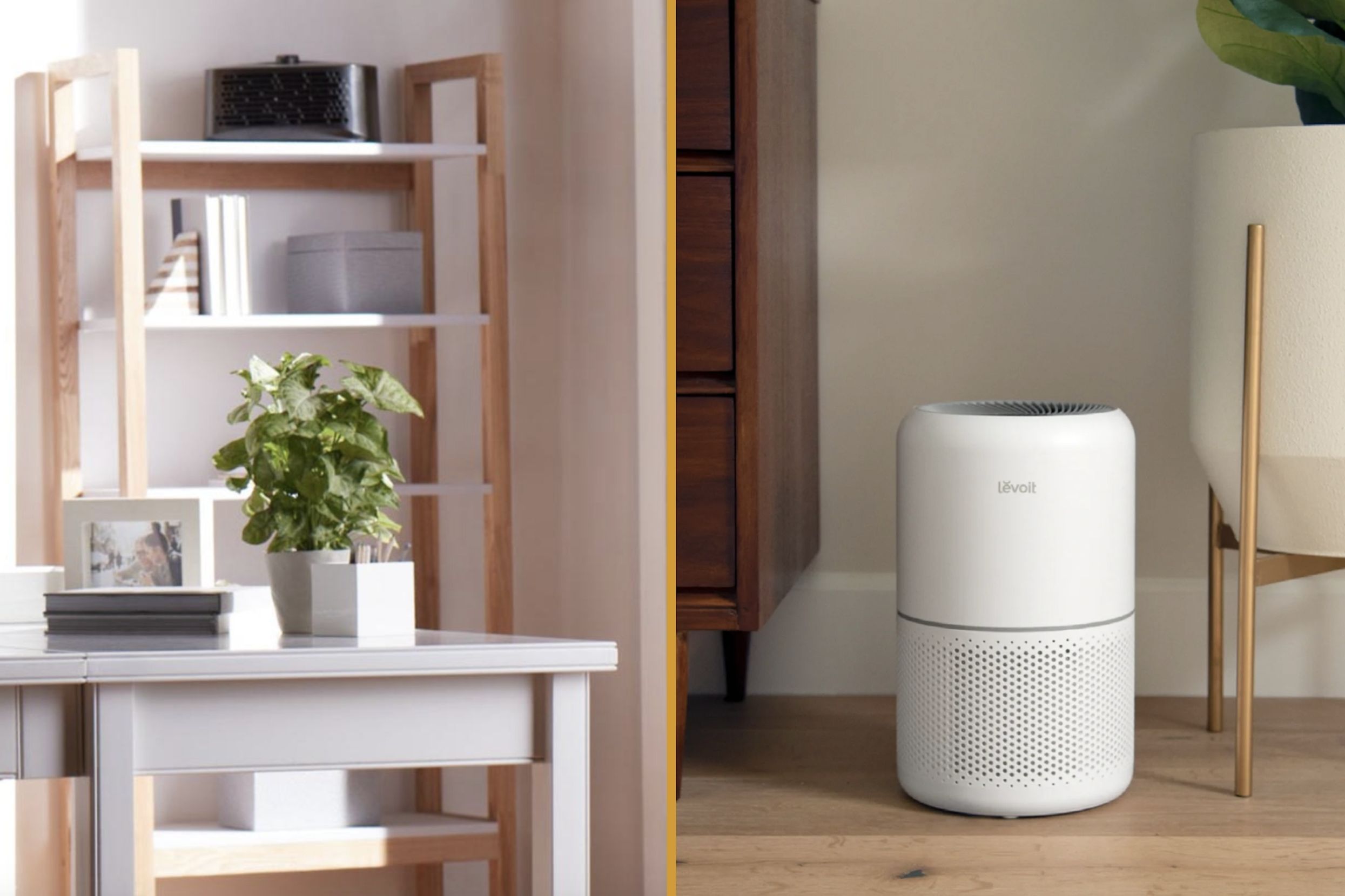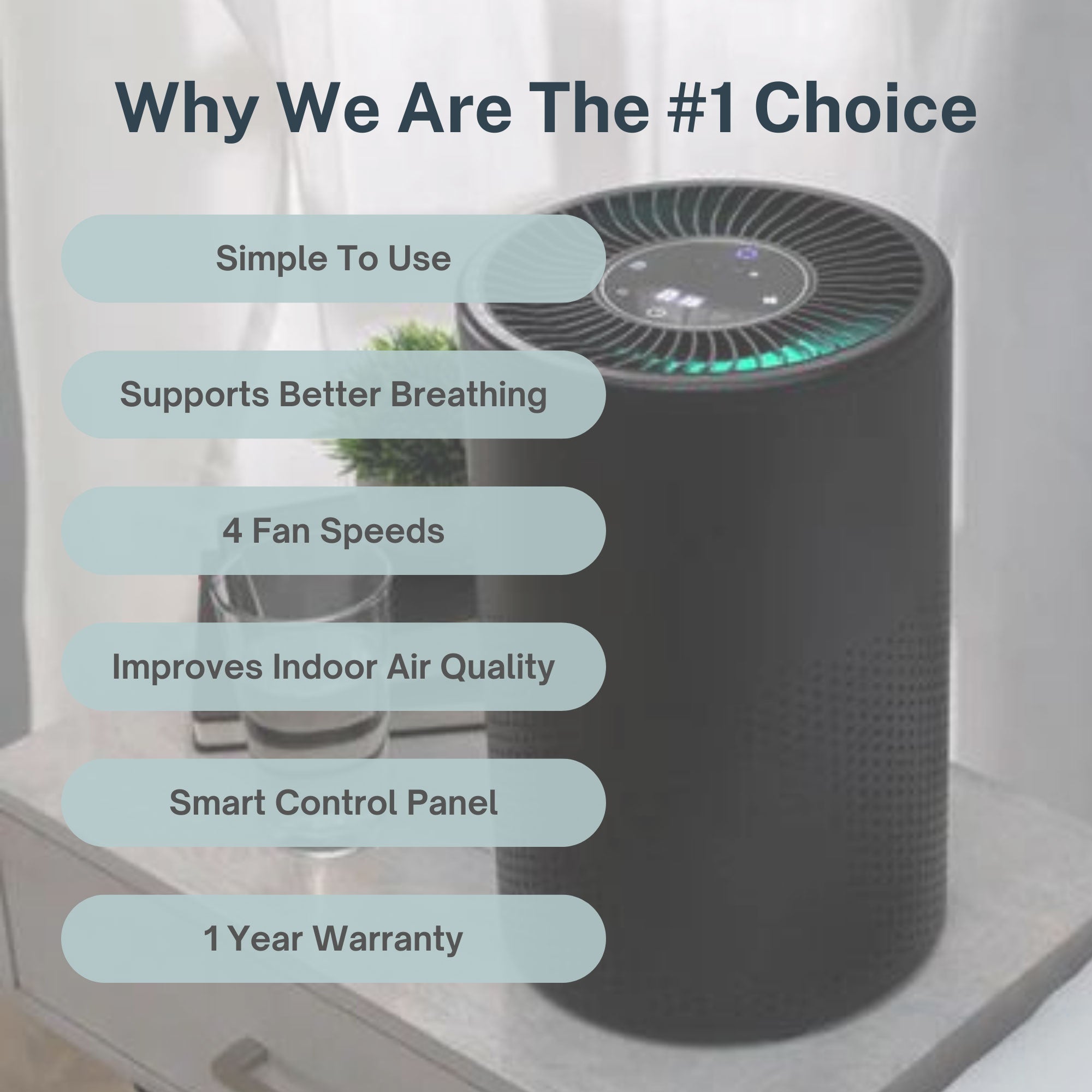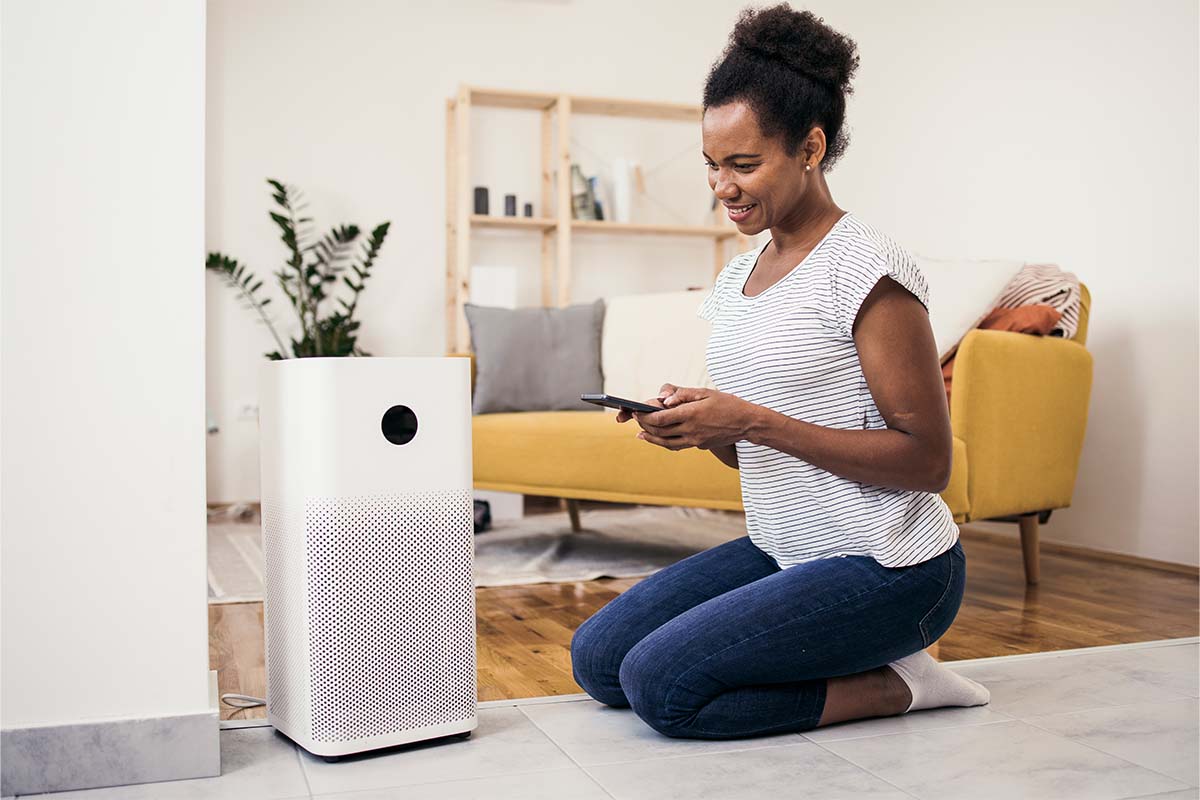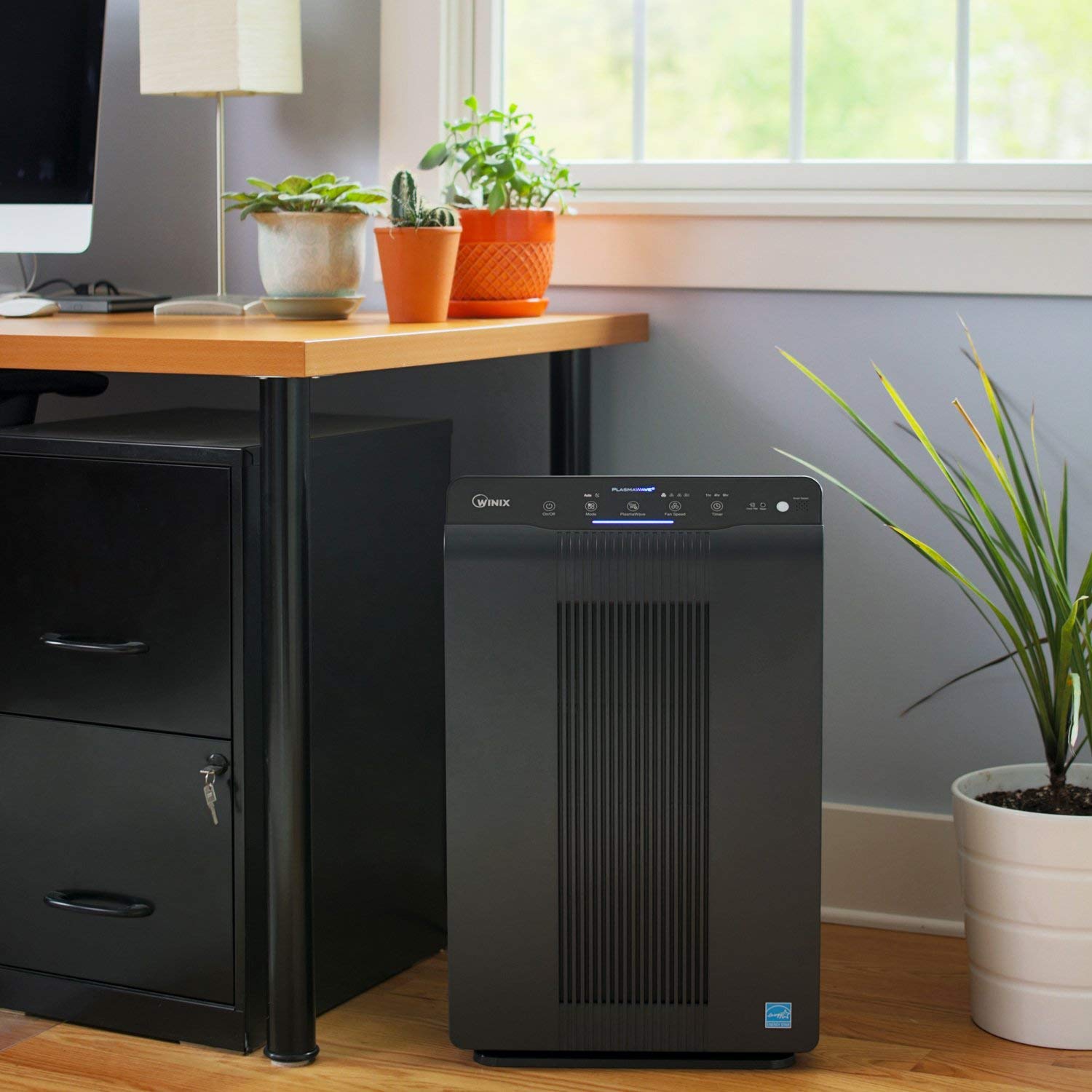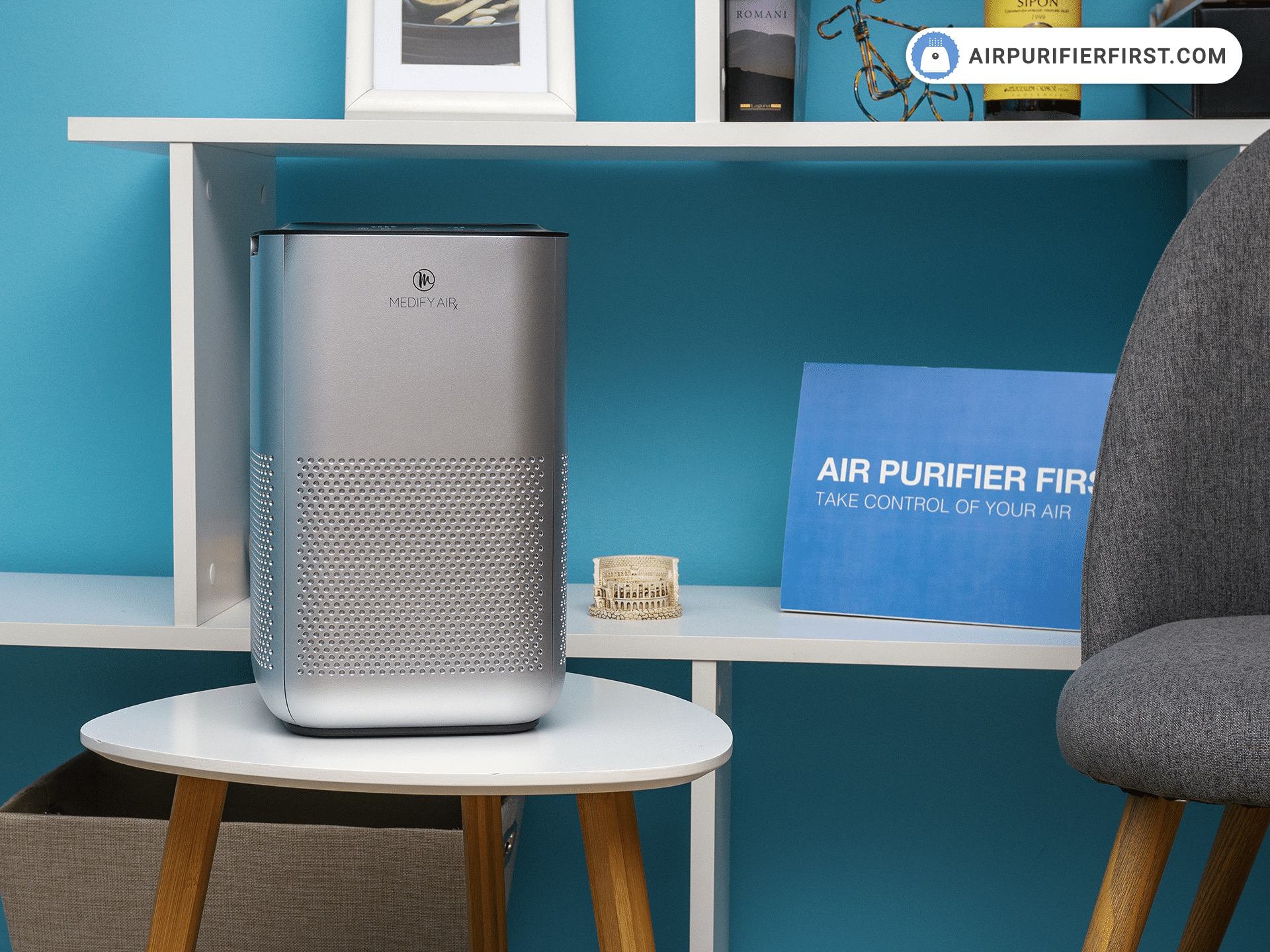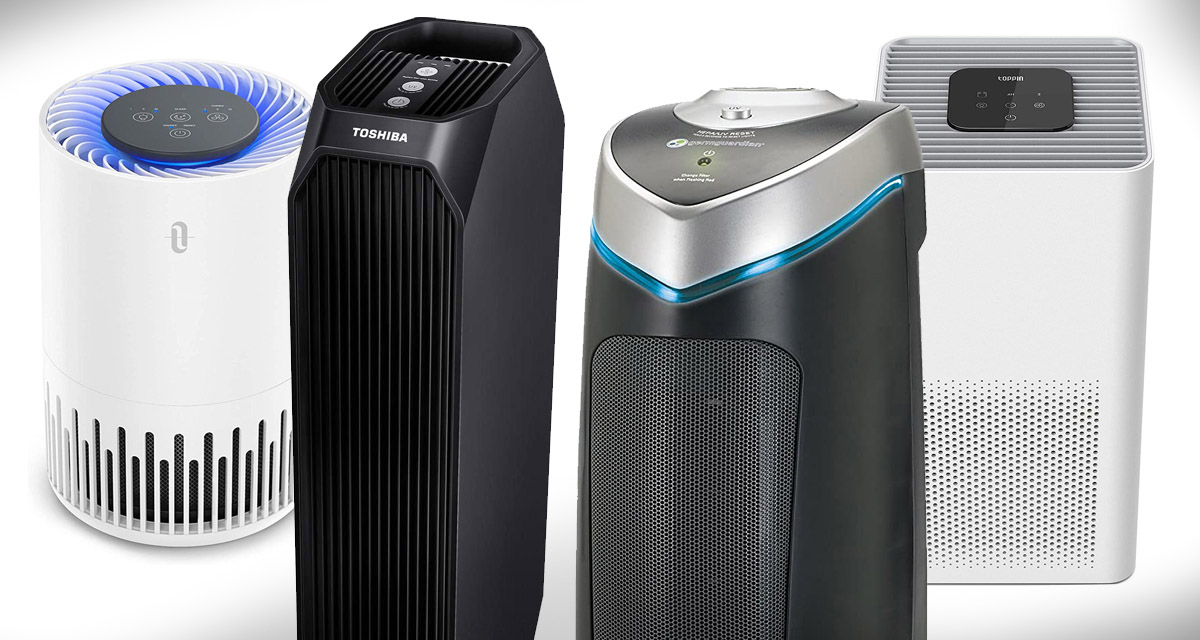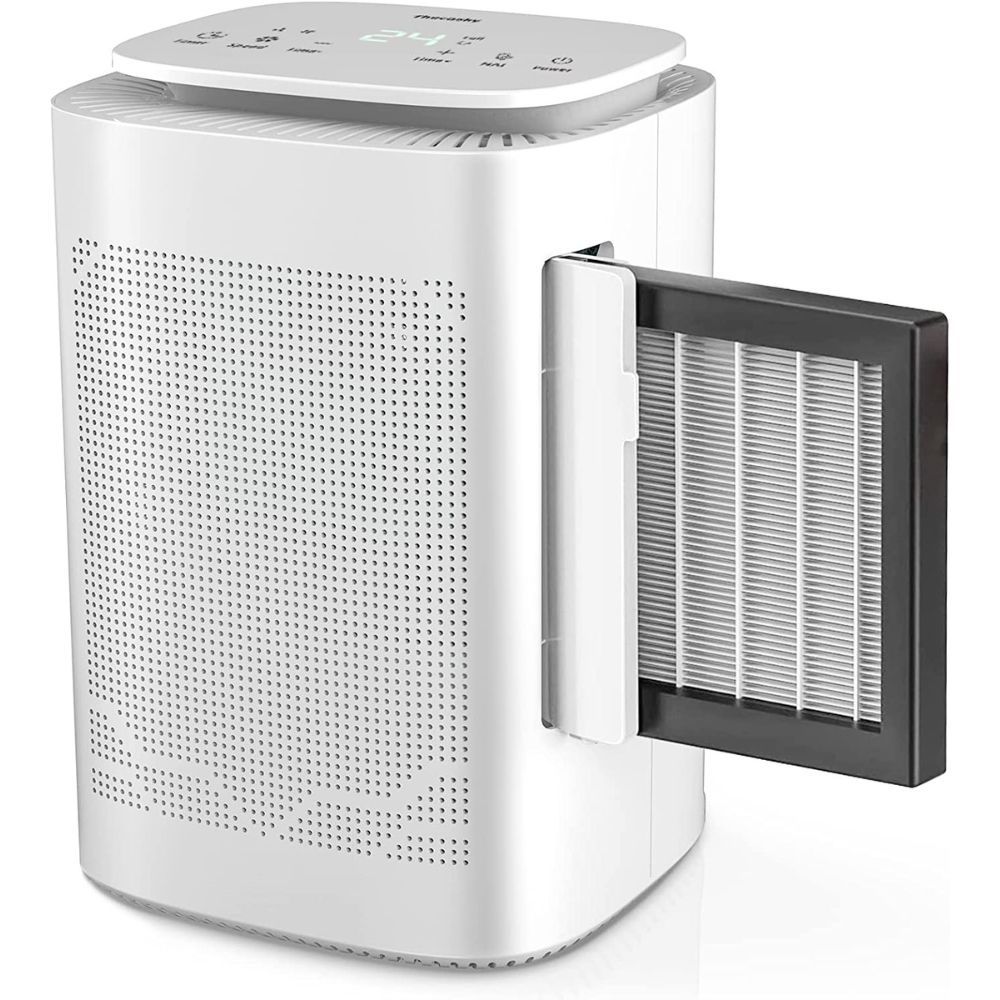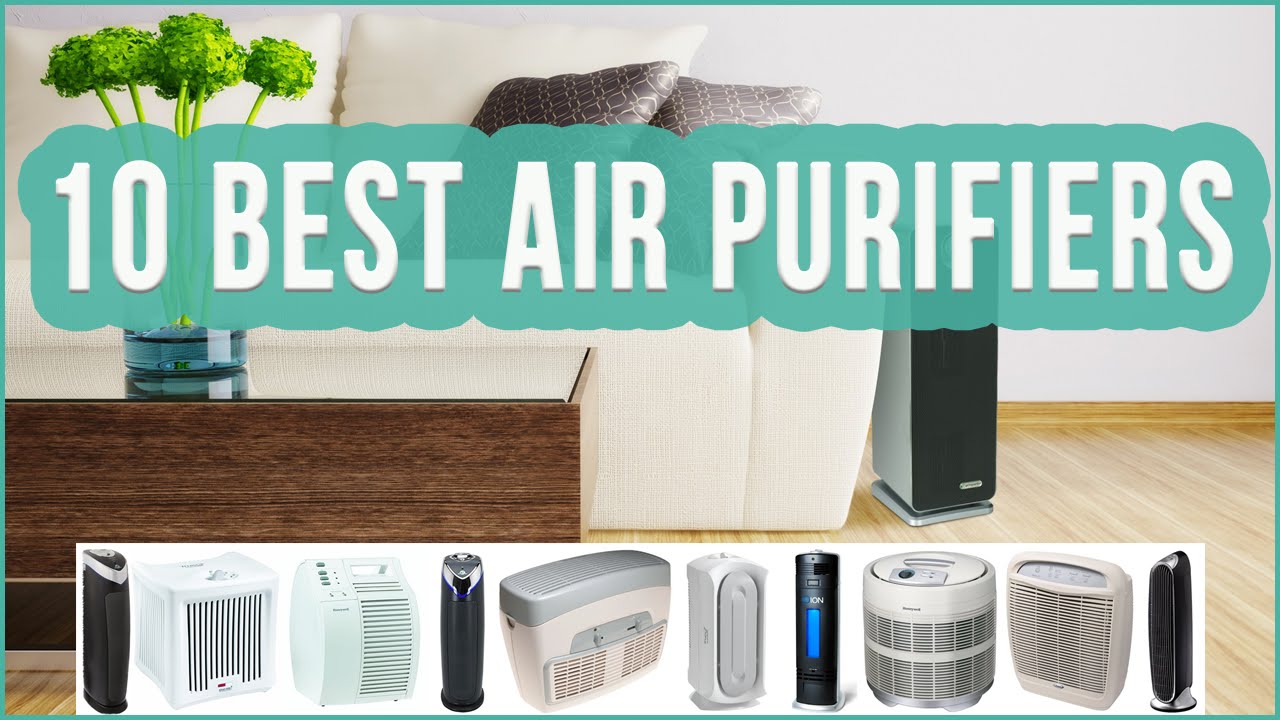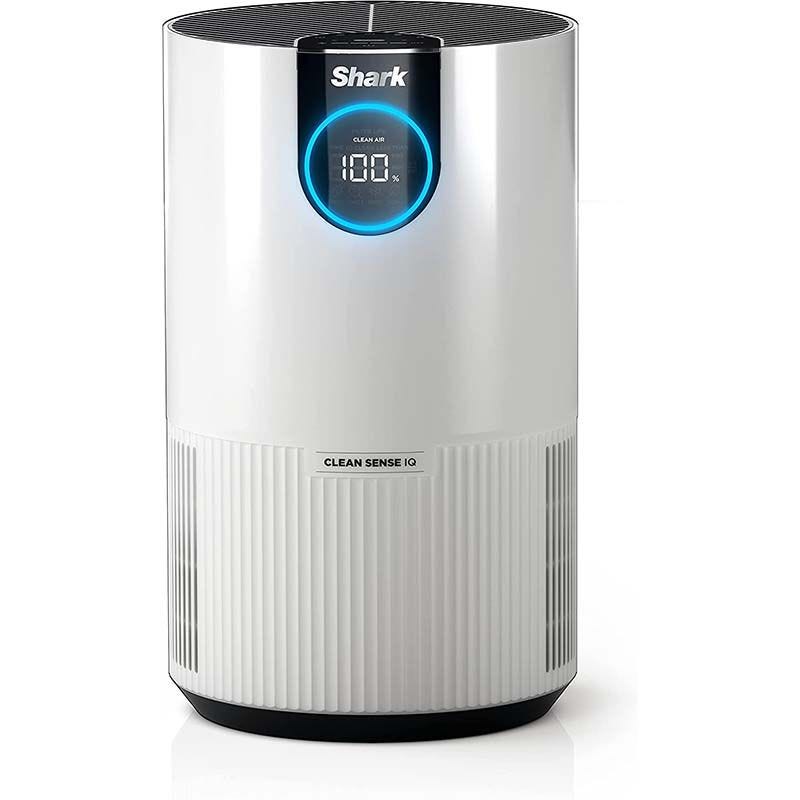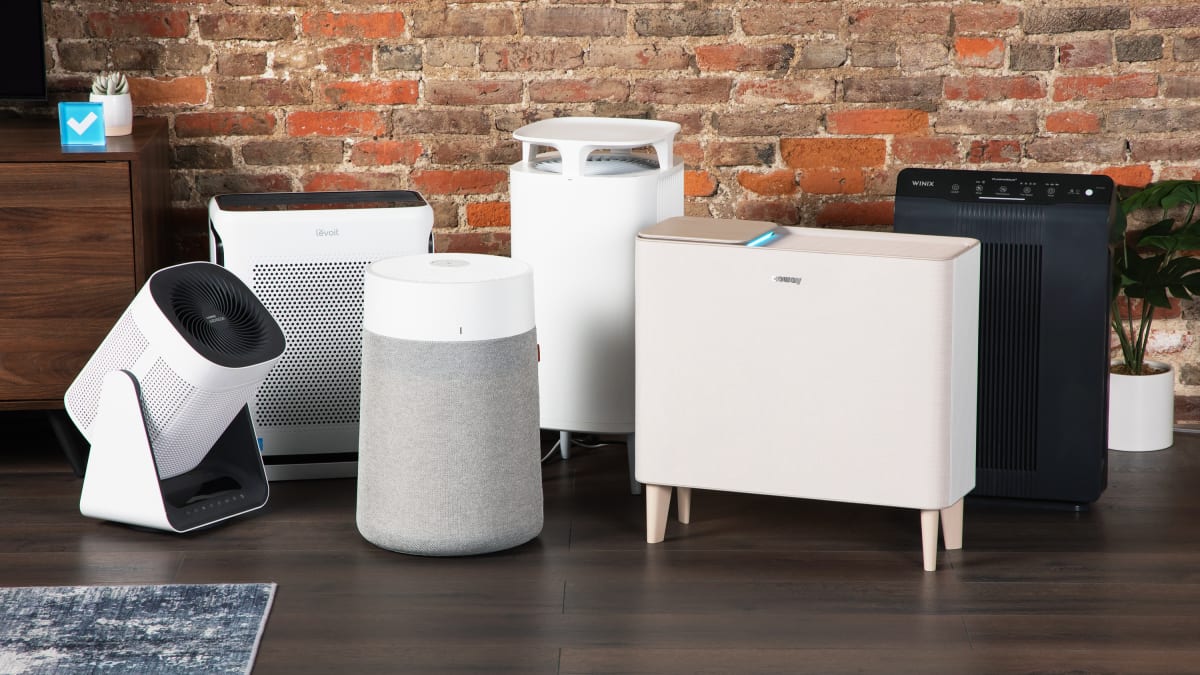Which Is The Best Air Purifier For Home
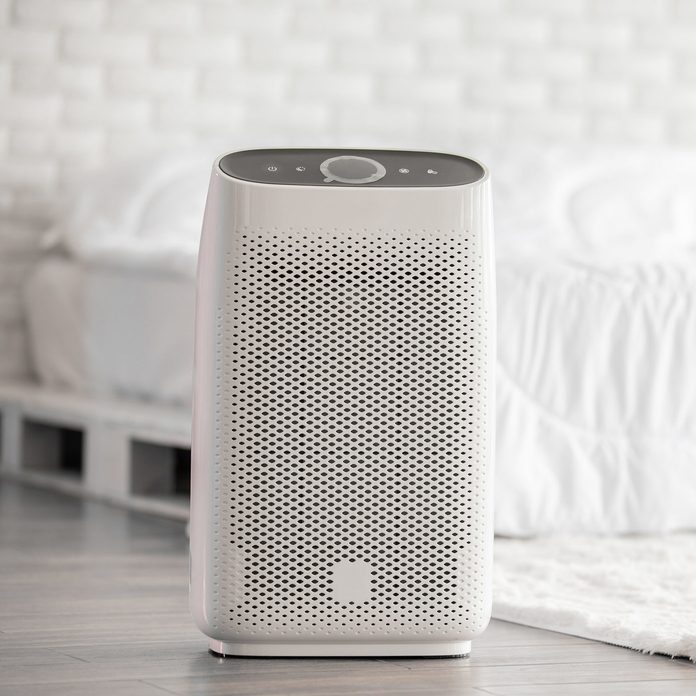
As concerns about indoor air quality rise, consumers are increasingly turning to air purifiers to create healthier home environments. But with a saturated market offering a dizzying array of models, determining the "best" air purifier can feel overwhelming.
This article examines key considerations when selecting an air purifier, explores different technologies, and highlights models recognized for performance and value based on expert reviews and industry data. Ultimately, the "best" air purifier is subjective and depends on individual needs and priorities.
Understanding Your Needs
The size of the room where the air purifier will operate is a crucial factor. The Association of Home Appliance Manufacturers (AHAM) provides a Clean Air Delivery Rate (CADR) rating for air purifiers, indicating how quickly they can clean a specific room size. Look for a CADR appropriate for your space.
Consider the types of pollutants you want to target. Do you primarily need to remove dust and pollen, or are you concerned about smoke, odors, or volatile organic compounds (VOCs)? Each of these factors determine the best solution for you.
Allergies and sensitivities should also be accounted for. Individuals with asthma or allergies may require purifiers with HEPA (High-Efficiency Particulate Air) filters certified to capture 99.97% of particles 0.3 microns in size.
Air Purifier Technologies
HEPA filters are the gold standard for removing particulate matter. They effectively capture dust, pollen, pet dander, mold spores, and other allergens.
Activated carbon filters are used to adsorb gases, odors, and VOCs. These filters are particularly useful for removing smoke, cooking smells, and chemical fumes.
Some air purifiers use UV-C light to kill bacteria, viruses, and mold. However, the effectiveness of UV-C technology depends on the intensity and exposure time, and its primary purpose should be to compliment other technologies.
Ionizers release negatively charged ions that attach to particles, causing them to clump together and settle out of the air. While some claim this technology is effective, its efficacy has been debated, and it can produce ozone, a lung irritant. The Environmental Protection Agency (EPA) advises caution regarding ozone-generating air cleaners.
Top Contenders and Expert Recommendations
Numerous review websites and consumer organizations, such as Consumer Reports and Wirecutter, regularly test and evaluate air purifiers. These assessments can provide valuable insights into performance, noise levels, and energy efficiency.
Models frequently praised for their HEPA filtration and overall performance include the Coway Airmega 400S and the Blueair Blue Pure 211+ Auto. These are often cited for effectively removing pollutants from large spaces.
For smaller rooms and tighter budgets, the Levoit Core 300S and Winix 5500-2 are popular choices, offering a balance of performance and affordability.
The Significance of Certification
Look for air purifiers certified by AHAM. The AHAM Verified mark indicates that the purifier has been independently tested and meets specific performance standards.
Energy Star certification signifies that the air purifier meets strict energy efficiency guidelines set by the EPA. This can translate into lower operating costs over time.
Conclusion: Making an Informed Choice
Choosing the best air purifier for your home requires careful consideration of your specific needs and budget. There is not a one-size-fits-all.
Prioritize HEPA filtration for particulate removal, and consider activated carbon filters for odors and VOCs. Research reputable brands, check CADR ratings, and read expert reviews before making a purchase.
By understanding the available technologies and considering your individual requirements, you can select an air purifier that effectively improves your indoor air quality and creates a healthier living environment.


